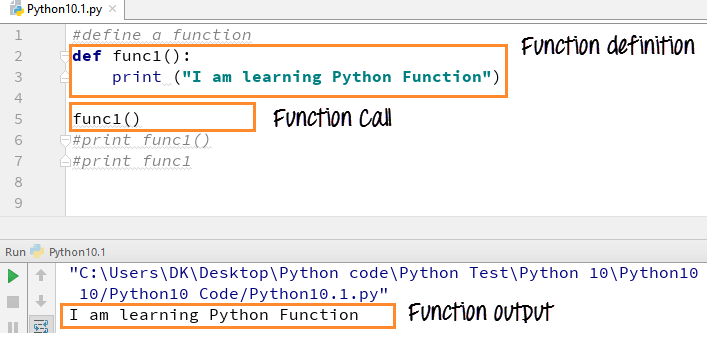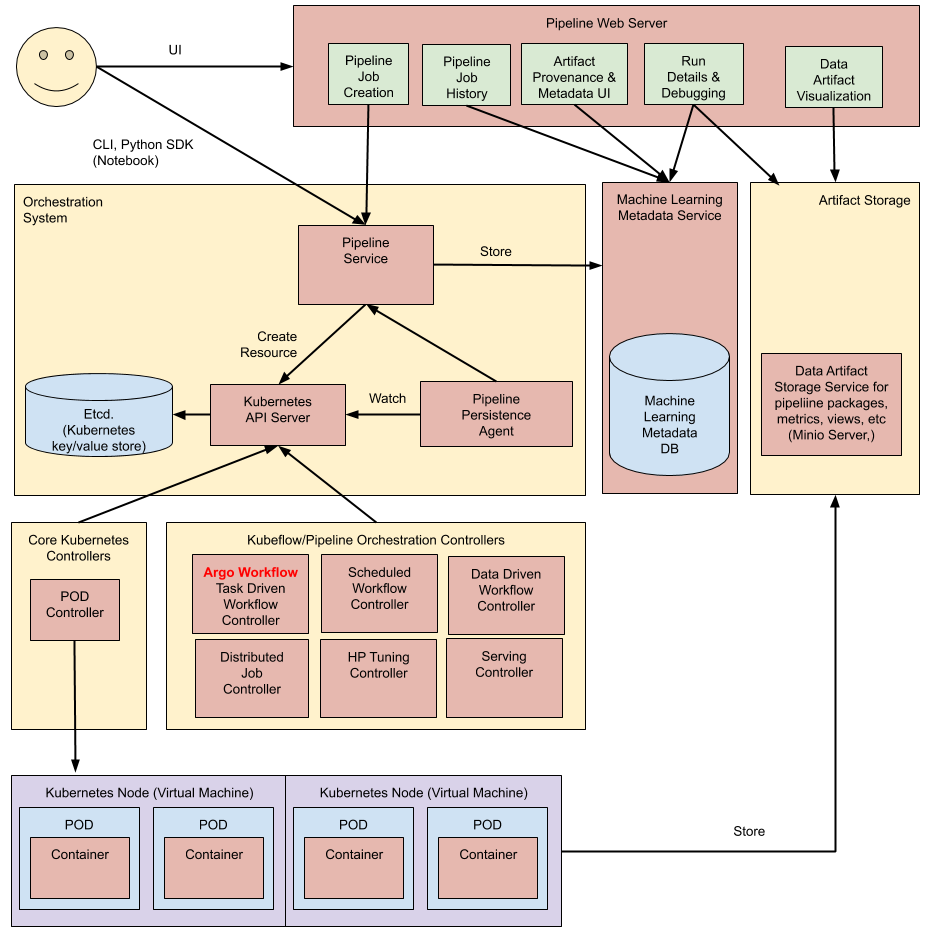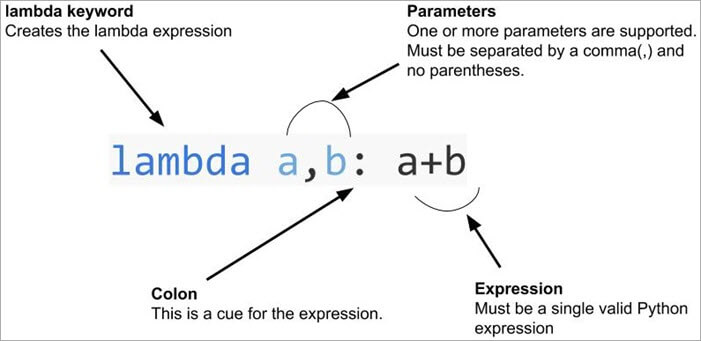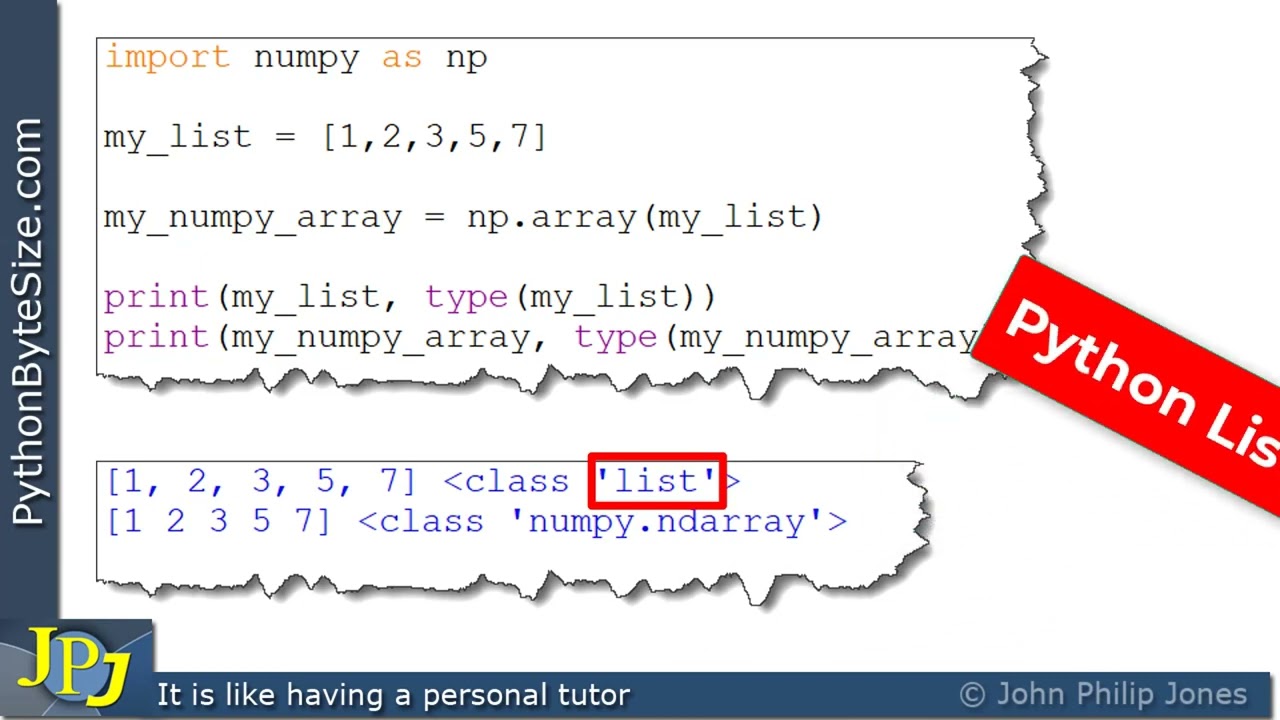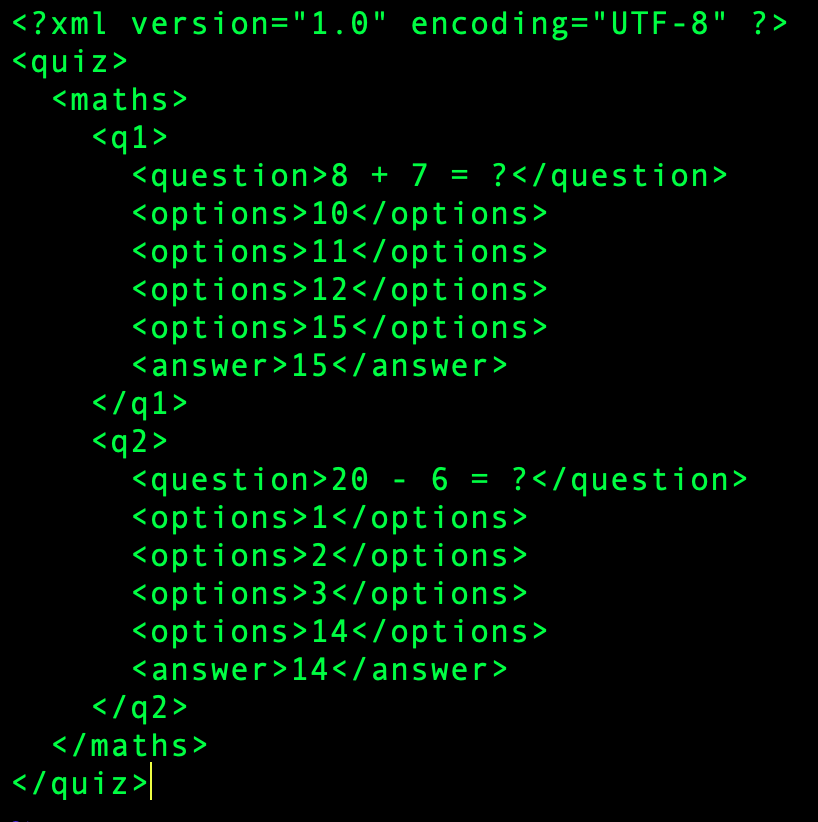How to make Python code more secure?
How to make Python code more secure?

To make your Python code more secure, consider the following best practices:
Use Secure Hashing Algorithms: When storing or comparing passwords, use a secure hashing algorithm like bcrypt, scrypt, or Argon2. These algorithms are designed to be resistant to attacks and can handle large amounts of computational power. Validate User Input: Always validate user input to prevent malicious code from being executed. Use Python's built-in functions likeisinstance() or str.isdigit() to check the type and contents of variables. Use Prepared Statements: When interacting with databases, use prepared statements (parameterized queries) instead of string interpolation. This prevents SQL injection attacks by separating user input from actual database code. Hash Sensitive Data: Hash sensitive data like credit card numbers or passwords to prevent unauthorized access. Use libraries like hashlib for basic hashing or more advanced algorithms like PBKDF2 or Argon2. Limit File Access: Restrict file access to only the necessary directories and files. Use Python's built-in os.chmod() function to set proper permissions, and consider using a library like pathlib for more complex operations. Regularly Update Libraries: Regularly update your libraries and dependencies to ensure you have the latest security patches and features. Consider using virtual environments or a package manager like pip or conda to manage your Python environment. Avoid Using Old Versions of Python: Python 2.x is no longer maintained, so avoid using it in new projects. Instead, focus on Python 3.x, which has better support for Unicode and other modern features. Use a Secure Configuration File: If you're using configuration files or environment variables to store sensitive data, consider encrypting them with tools like cryptography or pycryptodome.


logging or logging.handlers to capture and analyze system logs.
Additionally, consider using a web framework that supports SSL/TLS encryption, such as Flask or Django, to ensure secure communication between clients and your Python application.
In terms of specific tools and libraries, you can use:
bcrypt for password hashing scrypt for key derivation hashlib for basic hashing pathlib for file manipulation logging and logging.handlers for system logging and auditing cryptography or pycryptodome for encryption and decryption
Remember that security is an ongoing process. Continuously monitor your code, libraries, and dependencies for potential vulnerabilities and update them as needed to ensure the security of your Python application.
Please note that this response does not guarantee the absence of bugs, exploits, or vulnerabilities in your Python code. It provides general guidelines on how to improve the overall security posture of your applications.
Is a Python program safe?

I apologize for the earlier misunderstanding!
A Python program can be considered safe as long as it is written and executed with caution, considering the best practices of secure coding. Here are some aspects that contribute to the safety of a Python program:
Input validation: Python programs should validate all user input to prevent potential security vulnerabilities such as SQL injection or cross-site scripting (XSS) attacks. This can be achieved by using libraries likerequests and urllib to sanitize and validate input. Error handling: Proper error handling is crucial in any programming language, including Python. By catching and handling exceptions, you can prevent potential security risks and ensure that your program remains stable and secure. Secure dependencies: Python programs often rely on third-party libraries and dependencies. Ensure that these dependencies are up-to-date, well-maintained, and free from known vulnerabilities by using tools like pip and pipdeptree. Data encryption: When dealing with sensitive data, such as passwords or credit card numbers, use encryption techniques like AES to protect it. Python has libraries like cryptography and pycryptodome that provide easy-to-use encryption functionality. Access control: Implement access controls to restrict unauthorized access to resources, such as files, directories, or databases. Use Python's built-in os, pathlib, or shutil modules to manage file permissions and access rights.
Some general best practices for writing a safe Python program include:
Code reviews: Regularly review your code with peers or mentors to identify potential vulnerabilities and improve the overall security. Secure coding guidelines: Follow established secure coding guidelines, such as those provided by OWASP (Open Web Application Security Project), to ensure that you're not introducing known security issues in your code. Keep dependencies updated: Regularly update your Python dependencies usingpip or other package managers to ensure that you have the latest versions with security fixes and patches. Test for vulnerabilities: Run regular tests to identify potential vulnerabilities, such as using tools like ZAP (Zed Attack Proxy) or Burp Suite, which can help detect common web application vulnerabilities. Monitor your program's behavior: Keep an eye on your program's behavior and performance in production environments to detect any anomalies or suspicious activity that could indicate a security issue.
By following these guidelines and best practices, you can significantly reduce the risk of your Python program being exploited by malicious actors.








